With its increased popularity in recent years, TikTok influencer marketing has proven highly effective for brands. By partnering with popular TikTok creators, brands can reach a large and engaged audience, potentially gaining new customers and increasing brand awareness. Additionally, TikTok influencer marketing can provide valuable insights and knowledge in the content creation process.
Within the confines of this article, I will equip you with an end-to-end tutorial on the art of TikTok influencer advertising. Our piece covers the following sections:
- Run successful TikTok campaigns by setting goals, finding influencers, negotiating, creating, and measuring.
- Master Tiktok influencer marketing through analyzing competitors, using tools, and riding trending waves.
- Dive into TikTok influencer marketing with inspiring case studies like Walmart, Ralph Lauren, etc.
Check the details now!
Ever Thought of Strengthening Your Marketing Efforts with Multi-selling?
If you are looking to strengthen your marketing efforts on TikTok, the term TikTok Integration can make your way. Check out what it is now!
What are Tiktok Influencer Marketing Statistics Saying?
As I just stated above, TikTok influencer marketing can be an insightful tool for brands to connect with their target audience and drive engagement. But, if you’re not yet convinced, take a look at the following updated statistics that testify to the remarkable impact of TikTok and influencer marketing:
- TikTok micro-influencers have an engagement rate of 18%, compared to Instagram’s micro-influencer engagement rate of 3.86%, according to The Small Business.
- Social Pilot shows that TikTok influencers with 2.5 million followers charge around $800 per post.
- The market size of influencer marketing is projected to be worth $21.1 billion in 2023, growing from $1.7 billion in 2016, revealed by Influencity.
- Influencity also states that more than 83% of respondents consider influencer marketing an effective way of promoting products or services.
- Compared to traditional banner ads, influencer marketing delivers an impressive 11x return on investment (ROI), as reported by Convince and Convert.
How to Run a TikTok Influencer Marketing Campaign
Now that you grasp the potential of TikTok influencer marketing, are you prepared to kick-start TikTok influencer campaigns for your business? If so, I will be there to support you with a comprehensive guide on how to run a TikTok influencer marketing campaign. In essence, you will need to follow these steps:
1. Set clear goals campaign
2. Find & verify potential TikTok influencer partners
3. Reach out to TikTok influencers
4. Negotiate with influencers
5. Kick-off content creation
6. Measure results
Let’s roll in!
Step 1: Set clear campaign goals

Before implementing your TikTok influencer marketing campaign, defining your campaign goals is essential. As I mentioned in the article “Tiktok marketing strategy and best practices,” you should use the SMART objective model to set your specific goal. SMART is an acronym that stands for
- S – Specific: Your goals need to be clearly defined and avoid ambiguity. Instead of saying, “Increase brand awareness,” you could say, “Increase brand awareness among Gen Z by 20% in the next quarter.”
- M – Measurable: It defines how you will track progress towards your goals. This could involve metrics like video views, engagement rate, website traffic, or sales conversions.
- A – Achievable: Your goals should be ambitious but realistic. This encourages you to consider your resources, budget, and influencer reach when setting achievable targets.
- R – Relevant: You must ensure your goals align with your overall marketing strategy. Are they relevant to the specific campaign and the value you want to offer through TikTok?
- T – Time-bound: It refers to setting a specific timeframe for achieving your goals.
By applying SMART principles to your Tiktok influencer campaign goals, you can easily measure success and adapt your strategy.
Step 2: Find & verify potential TikTok influencer partners
It’s time to find the perfect TikTok influencers to represent your brand. It’s important to pay close attention to critical factors, namely:
- Niche relevance: When searching for influencers, ensure that their content aligns with your brand and that their audience overlaps with your target market.
- Authenticity: It is essential to verify their legitimacy. You should check for fake followers, engagement rates, and brand collaborations that align with your values. Some tools to help you check TikTok influencers’ authenticity include HypeAuditor, Tokfluence, Upfluence, etc.
If you’re unsure about locating influencers for your Tiktok influencer campaign, here are a few methods:
- Hashtag research: It is a good idea to explore popular hashtags relevant to your niche and identify creators consistently generating high engagement on those hashtags.
- Influencer marketing platforms: Platforms like HypeAuditor and AspireIQ provide advanced influencer search tools and analytics.
- Word-of-mouth: You can ask colleagues, customers, or even competitors for recommendations of relevant TikTok creators.
- TikTok Creator Marketplace: This official platform allows you to search for influencers based on engagement, demographics, and interest metrics.
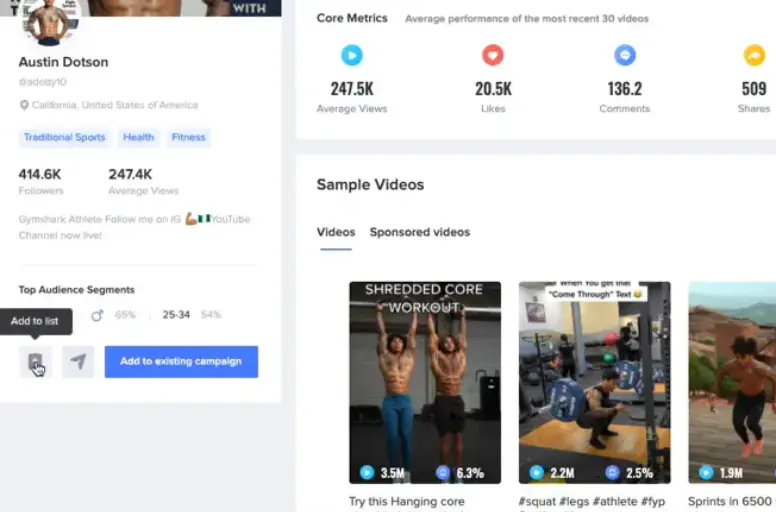
Vital insight: Are you interested in profiting from TikTok? Explore our advanced TikTok Shop integration. It allows you to consolidate your TikTok sales with prominent online stores and marketplaces.
Step 3: Reach out to TikTok influencers
Now that you’ve spotted potential partners, the next step in your TikTok influencer marketing campaign is making contact. You should not ignore two key points when connecting with influencers:
- Personalized approach: You need to craft personalized messages. Show genuine interest in their content and explain why you’d like to collaborate.
- Collaboration proposal: It is essential to clearly outline your offering—monetary compensation, free products, or exposure.
Step 4: Negotiate with influencers
Negotiating with influencers is a crucial step in securing a successful partnership. But, negotiation is an art, it is not easy to do. Here’s how to strike a win-win deal for your TikTok influencer marketing campaign:
- Budget: It is important to be transparent about your budget. You should use influencer marketing platforms or industry reports to understand typical compensation for influencers within your niche and follower range. Remember that don’t lowball influencers; stick to your budget limitations.
- Deliverables: You need to define the scope of work. Will they create videos, participate in challenges, or do a takeover?
- Rights and usage: It is vital to clarify usage rights—can you repurpose their content?
- Proposal: You must outline the TikTok influencer campaign, goals, deliverables, target audience, content expectations, and proposed compensation (fixed fee, performance-based bonus, product gifting, etc.).
Step 5: Kick-off content creation
Now comes the exciting part of the TikTok influencer marketing campaign—content creation. You will work collaboratively with the influencers to generate creative content that resonates with their audience and aligns with your brand message.
Here are some key tips for content creation:
- Creative brief: You should provide a detailed brief. Explaining your brand, campaign theme, and any specific guidelines is essential.
- Authenticity: It is good to encourage influencers’ creative freedom while aligning them with your brand goals. Authenticity resonates with TikTok’s audience.
- Collaborate: Involving them in the creative process is a helpful idea. Influencers know their audience intimately, so their insights can elevate the campaign.
- TikTok ads: When collaborating with influencers, you can use branded hashtag challenges and brand effects ads to raise awareness. Check our TikTok advertising guide for more information.

Step 6: Measure results
Your TikTok influencer marketing campaign is live! It’s time to evaluate it. You can track your campaign’s performance using metrics aligned with your SMART goals. Consider metrics like:
- Video views: How many people saw the influencer’s videos?
- Engagement rate: Likes, comments, shares, and click-throughs indicate audience interest.
- Orders: How many orders are converted from the influencer’s shopping cart on TikTok?
- Brand mentions: Track how often your brand is mentioned in comments and captions.
- Website traffic and conversions: Did the campaign drive traffic and sales to your website?
- Hashtag performance: Did your branded hashtag gain traction and user engagement?
Analyzing the results to understand what worked well and where you can improve for future campaigns is critical. Don’t forget to appreciate your influencer partners’ contribution to your TikTok influencer marketing success.
What are the Best TikTok Influencer Marketing Strategies
While my tutorial on how to run a TikTok influencer marketing campaign is comprehensive, the following supplementary strategies can lead to unexpected outcomes. Tiktok influencer marketing strategies include:
- Comprehensively understand TikTok
- Explore your audience’s interests
- Conduct a competitive analysis
- Utilize TikTok marketing tools
- Leverage TikTok trends
#1 Comprehensively understand TikTok
Before discovering TikTok influencer marketing, you should take the time to discover the platform. Learning TikTok’s culture and language is crucial for effective influencer collaboration. In case your knowledge about TikTok is still limited. Here’s your crash course:
- Content: TikTok focuses on short, engaging videos covering various topics like humor, dance, education, and lifestyle.
- Community: This platform has highly engaged and interactive users who value authenticity and user-generated content.
- Algorithm: A system determines which videos appear on a user’s personalized For You page. It considers factors such as user interactions, including videos liked, shared, and commented on, and accounts followed and created content. The algorithm also considers the type of content a user has interacted with, their location and language preferences, and even the content they create themselves.
#2 Explore your audience’s interests
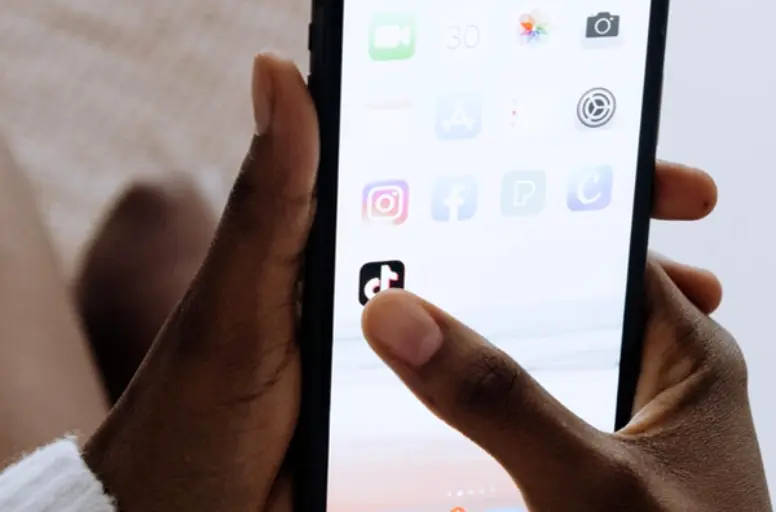
This TikTok influencer marketing strategy is paramount to success. You can identify the right influencers by delving into your audience’s preferences. Here’s how to dive deeply into your audience’s interests on TikTok:
- Leverage social listening tools: Tools like Brand24 and Mentionmap can monitor relevant keywords and hashtags to understand how people talk about your brand and related topics on TikTok. You can analyze the sentiment, trending themes, and pain points mentioned in these conversations.
- Conduct surveys and polls: You can ask your existing customers directly about their interests in TikTok, the type of content they enjoy, and the influencers they follow. Also, it is a good idea to utilize tools like SurveyMonkey or Google Forms to gather quantitative data.
- Segment your audience: You should divide your customer base into groups based on demographics, interests, and TikTok usage patterns. This allows you to tailor your influencer research and content strategy to specific segments within your broader target audience.
- Create detailed personas: You can develop fictional representations of your ideal customers on TikTok, incorporating their demographics, interests, preferred content types, and potential influencer preferences based on your research.
#3 Conduct a competitive analysis
Understanding your competitors’ landscape is crucial for crafting a successful TikTok influencer marketing campaign. This helps you uncover valuable insights to inform your approach and gain a competitive edge. You need to identify two types of competitors:
- Direct competitors: Brands offering similar products/services within your niche and actively utilizing TikTok influencer marketing.
- Indirect competitors: Brands targeting the same audience with different offerings but potentially employing similar influencer marketing strategies.

After identifying competitors, you need to analyze them through the following methods:
- Evaluate content strategies: What trending topics and hashtags are they utilizing? What is their content frequency and posting schedule? What kind of audience interaction do they encourage?
- Analyze influencer partnerships: Who are they collaborating with? What type of content do they create? What are the campaign themes and messaging? How successful are the campaigns?
- Explore advertising strategies: Are they utilizing TikTok paid advertising? What is their paid influencer marketing approach?
- Analyze campaign performance: You need to compare your competitor’s campaign results (reach, engagement, conversions) to industry benchmarks and your performance to identify areas for improvement.
- Research competitor activity: How do your competitors engage with their audience on TikTok?
#4 Utilizing TikTok marketing tools
Strategically leveraging marketing tools can help you streamline your workflow of TikTok influencer advertising. Here’s a deeper dive into excellent TikTok marketing tools:
- Influencer discovery and collaboration tools:
- Marketplace platforms: Popular options like HypeAuditor, AspireIQ, and Socialbakers enable you to discover relevant influencers based on specific criteria like niche, demographics, audience engagement rate, and brand affinity.
- Micro-influencer platforms: You can consider platforms like Traackr and TribeReach specifically designed to identify and collaborate with micro-influencers (typically with 10k–50k followers). They offer affordable options and often boast high engagement rates within dedicated communities.
- Collaboration platforms: Tools like Upfluence and Julius facilitate seamless communication and TikTok influencer marketing campaign management with your chosen influencers. They automate tasks like contract negotiation, content approval, and performance reporting, saving you time and resources.
- Analytics and tracking tools:
- Third-party analytics tools: It would be better to consider platforms like Sprout Social and Brand24 for deeper dive analytics. They offer campaign tracking, competitor analysis, and sentiment monitoring. This provides insights into campaign performance and audience response.
- Hashtag tracking tools: Utilizing tools like Keyhole and Brandwatch to track brand mentions, TikTok influencer marketing campaign hashtags, and competitor activity is a great idea.
- TikTok Analytics Dashboard: You can track key metrics like video views, engagement rate, reach, and follower demographics for your influencer’s content and brand profile.
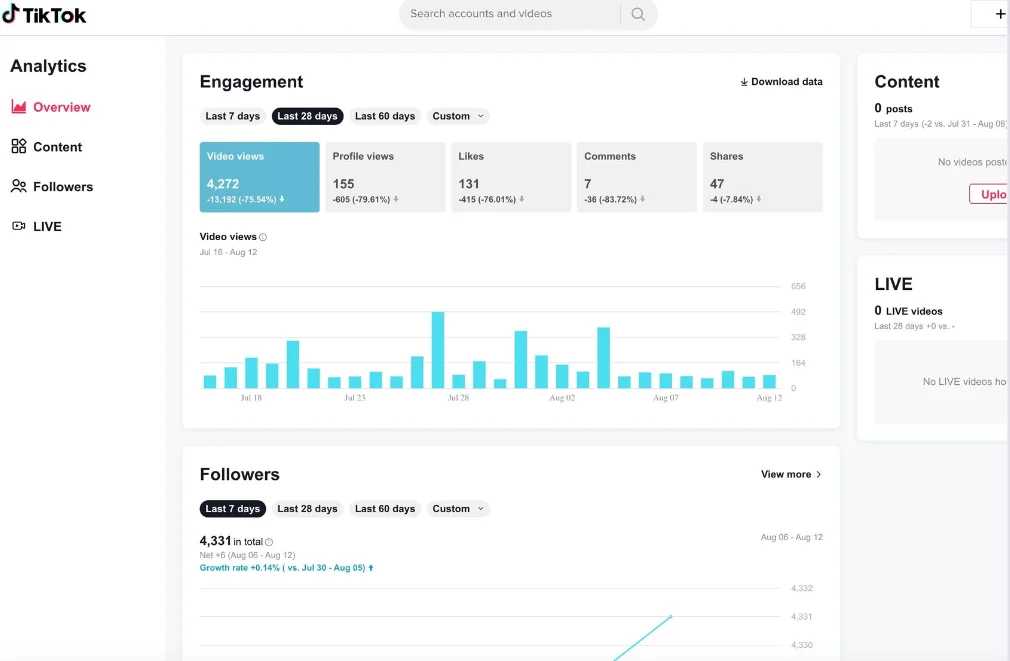
#5 Leverage TikTok trends
The last TikTok influencer marketing strategy includes incorporating TikTok trends into your campaigns. This strategy will help you to tap into a massive audience and boost engagement.
To make the most of TikTok trends, you need to
- Discover the right trends by regularly browsing the “Discover” page, exploring hashtag trends, and following relevant creators to stay updated on the latest buzz.
- Choose trends that organically connect with your brand values, target audience, and overall campaign message. Don’t force participation in irrelevant trends just to be trendy.
- Seeking trendsetters for actively participating in and driving trends relevant to your niche.
- Launching your hashtag challenge related to the trend, encouraging users to participate and share their interpretations.
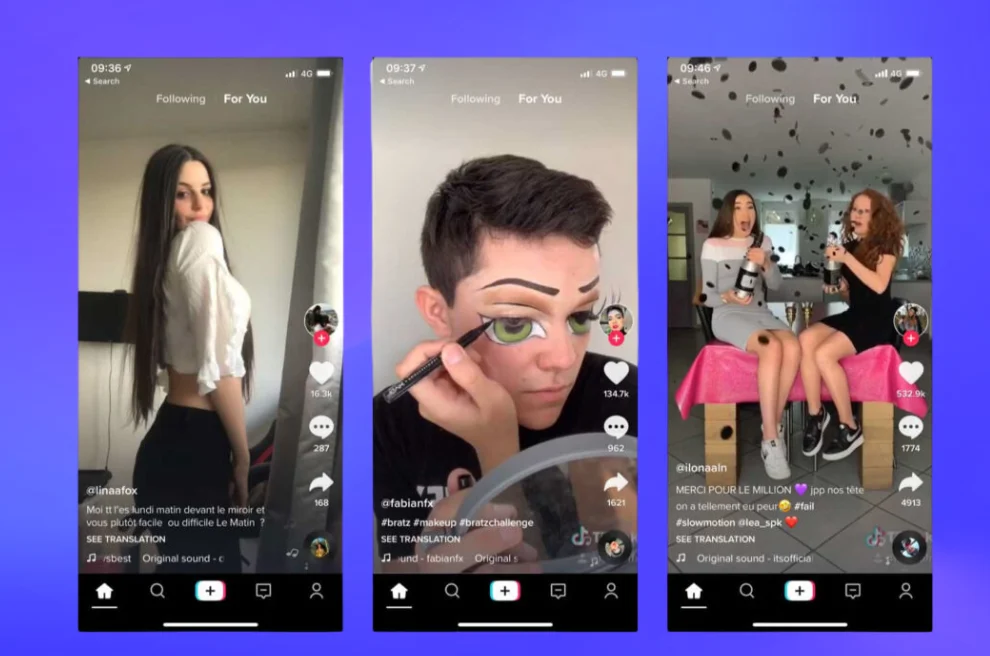
5 Inspiring TikTok Influencer Marketing Case Studies
To inspire you to join the TikTok influencer marketing arena, I’ll share some impactful TikTok influencer marketing examples, such as:
- Walmart
- ACCA
- Aerie
- EA Sports
- Ralph Lauren
#1. Walmart
Walmart, one of the largest brick-and-mortar retailers, has engaged in TikTok influencer marketing campaigns to promote its brand and products. This marketplace collaborated with TikTok influencers for a Black Friday-themed campaign using the hashtag #DealDropDance. This campaign aimed to express how Black Friday savings at the store made customers feel.
Campaign results: According to TikTok business, the Black Friday-themed campaign reached over 17 million followers and had a 6% engagement rate, higher than Walmart’s typical search engine marketing efforts.
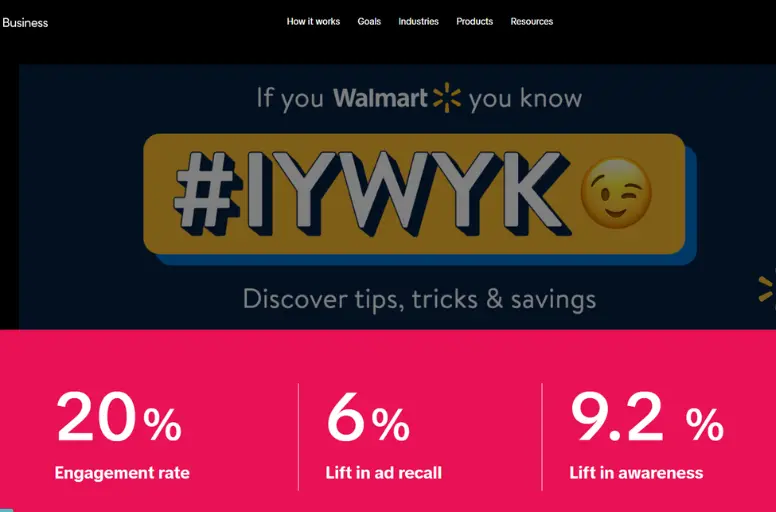
#2. Aerie
Aerie, a popular clothing brand, implemented a TikTok influencer marketing campaign to reach its target audience and drive conversions. This brand partnered with TikTok influencers to showcase their products and promote inclusivity, ensuring people of all shapes and sizes access comfortable and well-fitting clothes.
Campaign results: Aerie’s initial goal was to keep the cost per acquisition (CPA) under $50. They exceeded this goal by 27% with the DSA Alpha offering and by 78% with the Custom DSA Template. Also, return on ad spend (ROAS) increased from 2.24 to 7.78 (according to TikTok business).
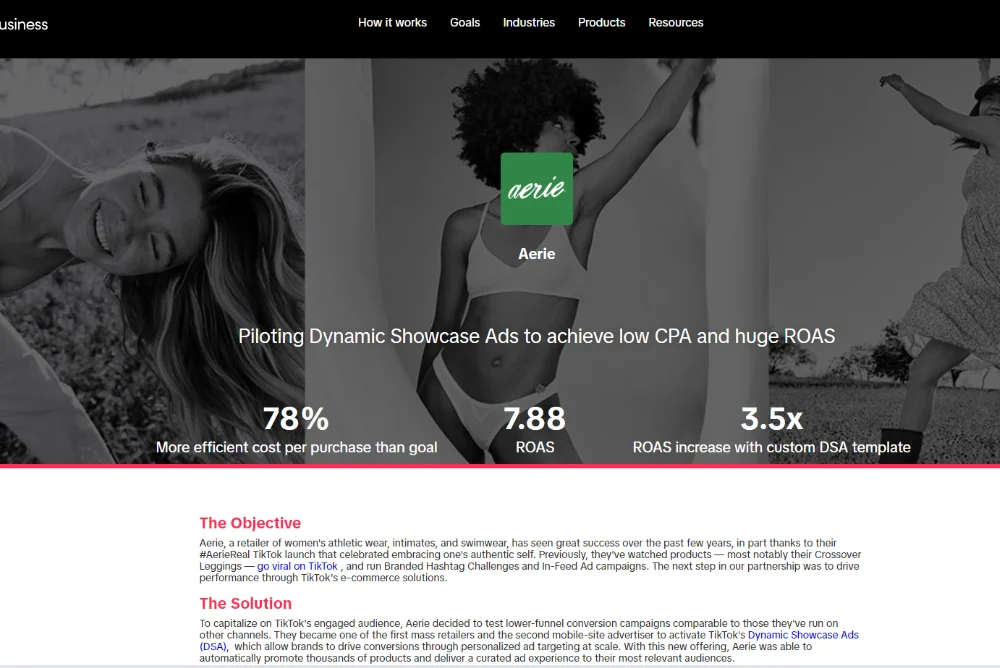
#3. EA Sports
EA Sports has engaged TikTok influencers to promote games like Apex Legends, Plants vs. Zombies, and FIFA 20. For example, influencer Brent Rivera’s comedy skit for Apex Legends led to a substantial increase in user-generated content, with the song experiencing sustained growth for four months.
EA Sports has also utilized TikTok influencer marketing to promote its EA Sports FC Mobile game in the Middle East and North Africa (MENA) region
Campaign results: The campaign for the EA Sports FC Mobile game generated a total of 88.57 million video views and drove over 424,000 hashtag engagements, likes, comments, and shares. Meanwhile, the collaboration video of EA Sports and Brent River doubled the engagement rate and received over 900,000 likes.
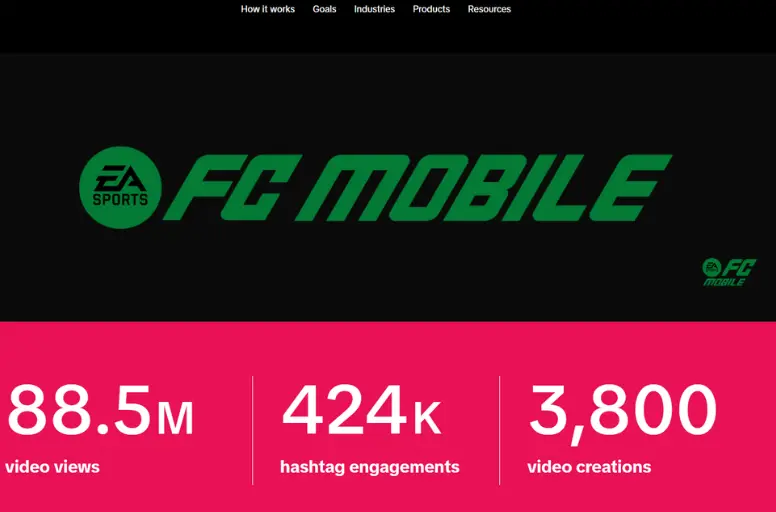
#4. Ralph Lauren
Ralph Lauren, a renowned fashion brand, has successfully utilized TikTok influencer marketing to promote its products and engage with its target audience.
This brand collaborated with TikTok influencer Diana Silver to create engagement videos. Also, the collaboration was tied to the US Open Tennis Championship. Ralph Lauren used the custom hashtag #WinningRL to connect Diana Silver’s followers and people searching for the #USOpen hashtag
Campaign results: The campaign generated significant engagement and reach. Diana Silver’s videos have received millions of views, likes, comments, and shares. The custom hashtag #WinningRL received 600 million views, and Ralph Lauren’s TikTok account gained many followers.
TikTok Influencer Marketing: FAQs
To become a TikTok influencer, you need to: In a nut sell, don’t be afraid to be yourself and showcase your personality, as authenticity is crucial in building a loyal following. TikTok influencer marketing is a type of social media marketing where brands collaborate with popular TikTok creators to promote their products or services. Unlike traditional ads, TikTok creators have the ability to connect with younger audiences and turn brands into trusted names. Influencer marketing platforms can streamline the process by providing vetted influencers, communication tools, and data. To run an influencer campaign on TikTok, follow these steps: The cost of getting an influencer to promote your product on TikTok can vary widely based on several factors. According to Insense, the average pricing per post for TikTok influencers is as follows: – Nano-influencer: $4-$25 – Micro-influencer: $50-$200 – Macro-influencer: $793+ – Mega-influencer: $1,600-$2,400 However, it’s important to note that these figures are estimates and actual pricing may vary depending on factors such as the influencer’s reach, engagement rates, industry, and campaign requirements. Negotiating and discussing pricing directly with the influencers you are interested in collaborating with is recommended.
Maximizing the Impact of Tiktok Influencer Campaign!
In conclusion, as TikTok continues to shape the social media landscape, TikTok influencer marketing presents an exciting frontier for brands to explore and capitalize on. With the insights and strategies outlined in this guide, you can navigate the world of TikTok influencer marketing with confidence and drive impactful results for your marketing efforts.
If the concept of selling on multiple channels simultaneously resonates with you, don’t hesitate to get in touch with us for expert advice on leveraging LitCommerce tools. Moreover, stay ahead of the game with my Retail Blog, where you can uncover the latest trends and invaluable strategies for growing your eCommerce business.




